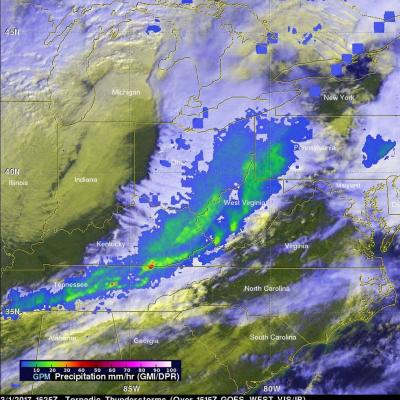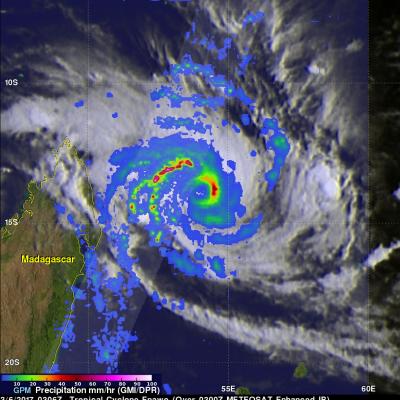IMERG V04 Early and Late Online
The algorithm for the Integrated Multi-satellitE Retrievals for GPM (IMERG) Early and Late Runs has now been upgraded to Version 04. The transition to V04 began at 15 UTC on March 13 and both the early and the late products were back to their target latency by 01:00 UTC, March 14. The transition took longer than planned but the core IMERG version 04 products are now running automatically as the original V03. The product version is V04A and you will see this in the name of the IMERG HDF5 products. For IMERG late the V03 products have remained before February 05, 2017. For IMERG early V03




